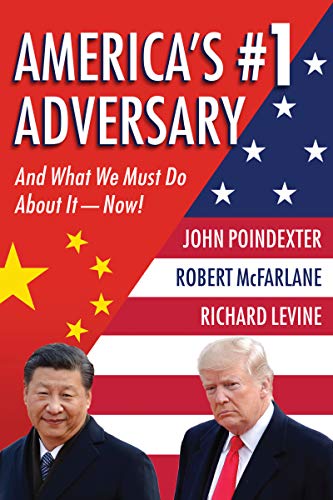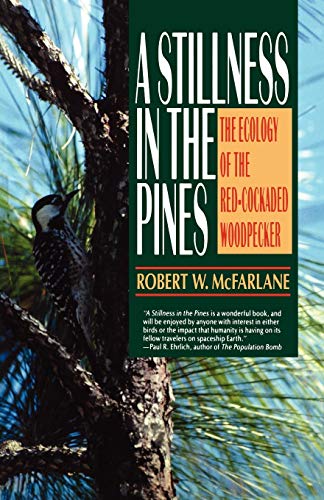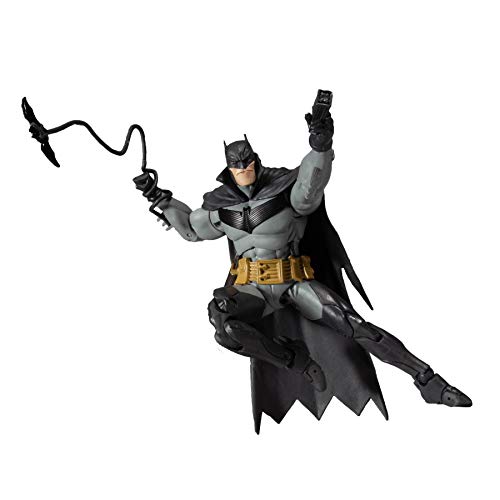Robert McFarlane (born 1942) is an Australian photographer and photographic critic.
Table of Contents
- 1 Early life
- 2 Career
- 2.1 The Lost Words
- 2.2 Landmarks (Landscapes)
- 2.3 The Wild Places (Landscapes)
- 2.4 Mountains of the Mind: Adventures in Reaching the Summit
- 2.5 The Old Ways by Macfarlane Robert (2013-06-25) Paperback
- 2.6 America's #1 Adversary: And What We Must Do About It – Now!
- 2.7 Special Trust
- 2.8 A Stillness in the Pines: The Ecology of the Red Cockaded Woodpecker (Commonwealth Fund Book Program)
- 2.9 McFarlane Toys DC Multiverse Batman: White Knight #1 (Comics 2017)
- 2.10 The Mighty Misfits Who Made Marvel
Early life
Born in Adelaide, South Australia in 1942, he was unmodified a Kodak Box Brownie at the age of 9 by his parents, Bill and Poppy McFarlane. Five years later, while at Brighton High School (today known as Brighton Secondary School) in Adelaide’s southern suburbs, he experienced the capability of photography first hand, when he used a recently purchased Durst medium format rangefinder camera to take over an image of a educational striking a pupil at the university assembly.[citation needed]
Though competent in English and History, McFarlane was an mysterious student and left literary at 16, finding take steps as a trainee electric welder. He was extremely influenced[citation needed], however, by the travelling documentary photography exhibition The Family of Man, which reached Adelaide in 1959.
Career
Encouraged by his employers during a brief stint as a copy guy in an advertising agency, he began to accomplishment more seriously as a photojournalist, gaining a commission from Walkabout to photograph Professor John Bishop, co-founder of the Adelaide Festival of Arts. On the thesame assignment he plus made images of author Patrick White, dancer and choreographer Sir Robert Helpmann, actor John Bell and painter Sidney Nolan.[citation needed]
In 1963 McFarlane moved to Sydney, working for The Bulletin and Australian Vogue. With the performer Kate Burness, who became his first wife, he travelled to London in 1969, where he freelanced for The Daily Telegraph, The Sunday Times Magazine, and NOVA magazine. He returned to Sydney in 1973 and eventually to Adelaide in 2007. McFarlane was well ahead married to the theatre director Mary-Ann Vale and has two children, Morgan (1974–1994, born to Kate Burness) and Billy (born 1990, to Mary-Ann Vale).
Though McFarlane specialises in social issues – he is currently working upon a compilation documenting mental illness – and performance, he has afterward taken portraits of a number of notable figures in Australian and international life. These add up fellow photographers W Eugene Smith, Don McCullin, Jeff Carter, Max Dupain, David Moore, Trent Parke and Stephen Dupont; political figures such as Bob Hawke, Gough Whitlam, Charlie Perkins and Pauline Hanson; renowned surgeon Sir Edward “Weary” Dunlop; jazz violinist Stéphane Grappelli; boxer Henry Cooper; and Atlantic Records co-founder Ahmet Ertegun. His theatrical bill has seen him cover a number of plays featuring Steven Berkoff, and he photographed the beforehand performances of Geoffrey Rush, Cate Blanchett and Robyn Archer. McFarlane has along with worked as a stills photographer for film directors such as Bruce Beresford, John Duigan, Gillian Armstrong, Esben Storm, Phillip Noyce, and PJ Hogan.[citation needed]
In 1985, in the pro up to the 1988 bicentenary of Australia’s European settlement, McFarlane was among 21 photographers prearranged to live and take steps in remote Aboriginal communities in a project that became known as After 200 Years: Photographic Essays of Aboriginal And Islander Australia Today. It remains the largest single photographic project in Australian history, and was published both as a touring exhibition and a book.
McFarlane’s ham it up is held in the unshakable collections of the National Portrait Gallery (Canberra), the National Gallery of Australia, the Art Gallery of New South Wales, the Art Gallery of South Australia and the National Library of Australia. His most prominent recent exhibition is Received Moments, a 48-year career retrospective, which began touring Australia in December 2009 and concludes in Adelaide in late 2011. McFarlane was a significant contributor to Candid Camera: Australian Photography 1950s–1970s at the Art Gallery of South Australia (May to August 2010) which also featured the feign of key Australian photographers Max Dupain, David Moore, Jeff Carter, Mervyn Bishop, Rennie Ellis, Carol Jerrems and Roger Scott.
McFarlane has written extensively very nearly photography for a number of Australian publications, and was photographic critic for the Sydney Morning Herald for beyond 25 years. He currently writes and maintains a website called OzPhotoReview, a blog focusing primarily on fine art and documentary photography in Australia though also discussing puzzling developments.
Last update 2021-08-06










